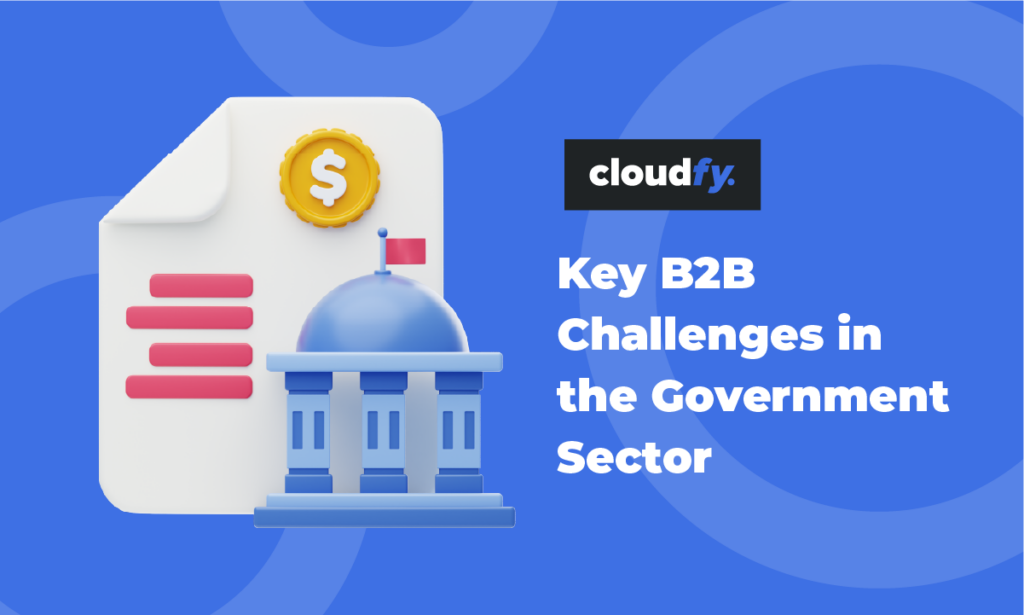There are many distinct challenges in B2B ecommerce that mean lessons from more developed B2C ecommerce won’t translate directly. Here are some of our recommendations to help you avoid mistakes.
Product information for people
Your online content should be written for people first and then optimized for search engines (SEO) – not the other way around. SEO is important to make sure your site will be found, but if the content isn’t immediately relevant and engaging, visitors will quickly move on.
Product descriptions written with your buyers in mind and high-quality images that show them what they need to see will make a difference to your conversion rate. Your buyers will want to make an informed choice and your content should give them confidence.
Depending on your market sector, including model or part numbers, weight, size and relevant legal or regulatory details will all be valuable to your site’s visitors. Ideally, you should also include availability and lead time.
Value-added sales support
Even with outstanding product descriptions, your buyers will still need to ask more detailed questions. This provides an opportunity for your sales and marketing teams to improve their understanding of your buyers’ needs.
At every point of contact your staff must fully understand your online content and be able to add value and suggest complementary products. Capturing the reasons why people call will help you to improve your online content and make sure that your teams are ready to help.
Integration with other systems
Many of the advantages of B2B ecommerce are lost if information has to be manually transferred to other business systems or downloaded overnight. This can cause delays and add to the risk of errors that will affect customer satisfaction.
Integration with major business systems doesn’t need to be difficult or expensive. A Cloud-based system such as Cloudfy, for example, comes with many integrations as standard, and a powerful application programming interface (API) for anything extra that you might need.
Making the most of mobile
Mobile devices are an increasingly important part of the purchasing process, so having an impressive desktop site isn’t enough – it must be responsive for mobile devices.
Your site will need to load quickly and you will also need content specifically for mobile, like video or podcasts. Potential customers won’t hesitate to move on to another supplier that offers a better mobile experience.
Take a broad approach
Your website and mobile platforms are just two channels. Email marketing, SEO, social media, and online advertising all have roles to play. Your B2B strategy should clearly identify the part each of these tools will play.
Designing a coherent strategy that uses the best channels available to meet the unique requirements of your business will allow you to differentiate yourself clearly. To make the most of your opportunities, make sure you include customer retention, cross-selling and upselling in your plans.
Focus on user experience
If your ecommerce site is several years old, hard to use, and only partially integrated with your other business systems you won’t be delivering the quality buying experience your customers are looking for. Remember that buyers are constantly influenced by their consumer purchases, so their expectations are always expanding.
Buyers need B2B ecommerce sites to make their lives easier. They will be looking for powerful on-site search facilities, product catalogues that they can filter to meet their needs, personalized pricing and easy purchasing workflows that include electronic payment options. Make full use of powerful analytics tools to identify pain points for your customers and improve their experience.
Room to grow
As your ecommerce business succeeds, you will want to be sure that your site can cope with demand. A slow or unavailable site could really damage your reputation. However, you don’t want to be paying for resources that you only need at peak times.
This is where Cloud-based software as a services (SaaS) solutions like Cloudfy can help. With a scalable service offering you the flexibility to respond easily when demand is high.
Cloudfy is designed to meet the need of B2B ecommerce, so you can be confident that these potential pitfalls can be easily avoided. Contact us to book a free demonstration and find out how.






